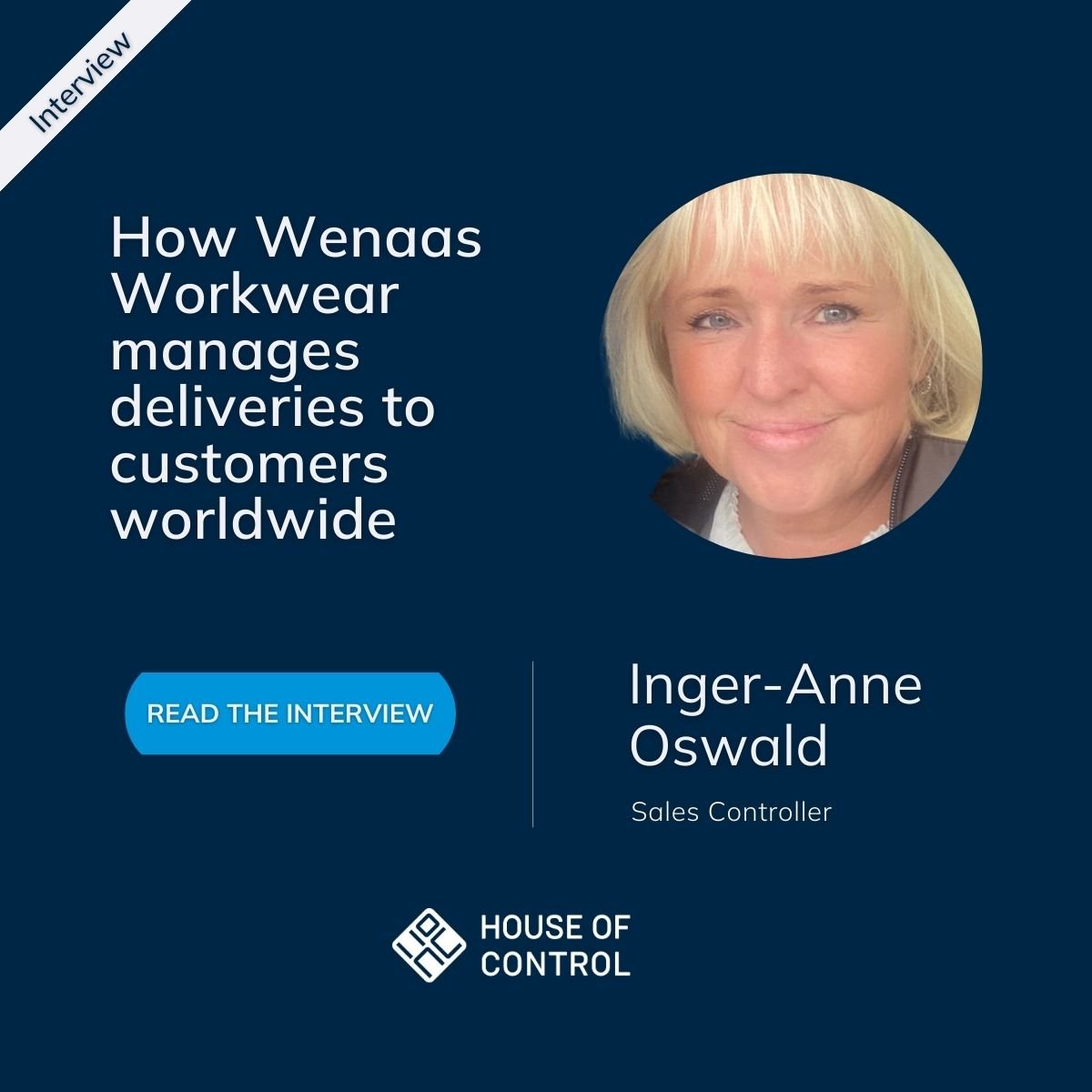What determines ROI when you use Complete Control?
How big a return on investment can we achieve when we purchase Complete Control, and how fast can we achieve it? These are important questions that we are frequently asked. Savings of 10 per cent on ongoing contracts is common, but the precise answer generally depends on these eight factors.
House of Control has approx. 1,600 clients (2021). Each one achieves a different return on investment (ROI) from using Complete Control because they each have a different starting point and use the solution in different ways. These factors affect the financial benefits that clients achieve, primarily in the form of reduced costs and increased revenues. They also affect when and how quickly the benefits are realised.
We have polled a selection of our clients to find out more. In the majority of businesses, ongoing contracts accounted for 28–34 per cent of Other Operating Expenses. After using the solution for a while, they made savings of 8–14 per cent of ongoing contracts. The savings derive from having full control of all contracts, enabling the business to reduce deliveries and other procurements that were not needed.
However, it is worth underlining that the size of the savings can vary considerably. In our experience, the following eight factors determine the amount of ROI you will achieve by using our solutions, and how fast you will achieve it:
1. Existing control procedures
To put it bluntly, the worse your starting point, the larger and faster the benefits you will achieve. Do you manage to renegotiate or cancel contracts before they come up for renewal? Do you have duplicate deliveries without knowing it? Many of our clients have previously used spreadsheets to keep track of their contracts. We have written previously about why spreadsheets are inappropriate for professional contract management. Nevertheless, not all spreadsheets are the same and not everyone has used them for this purpose.
2. No. of locations
Many contracts at multiple locations means bigger benefits from a centralised, holistic approach to contract management. Because: The more locations a business has, the more employees there are who sign site leasing agreements, insurance contracts, electricity supply contracts and a host of other agreements covering subscriptions, deliveries, equipment and services. Not only can centralised control lead to cost cuts, it also speeds up the budgeting and bookkeeping process for the accounts department.
3. No. of people who currently sign contracts
Dependence on individual employees is both risky and expensive. In the same way as having multiple locations increases the benefits of centralised contract control, businesses generally experience rapid benefits when all those who sign contracts register them in the same place. They can, for example, eliminate deliveries they already have and can more quickly stop contracts when the employee they relate to leaves the company.
4. How contracts are currently stored
Are contracts stored on employees’ personal areas on their computer? Or in numerous folders in various shared areas? In employees’ email accounts? In binders and desk drawers? The more muddle and confusion, the greater the gains users can achieve by using Complete Control.
5. The scope of contracts and the significance of subcontracts
Based on the points listed above, this is self-evident. However, it must be noted that the benefits will not materialise all by themselves. You must register the contracts in Complete Control. This is something we can help you with. The higher proportion of the contracts that are registered and the higher proportion of your overall costs that are accounted for by all the contracts, the greater the benefits your CFO will experience.
6. Time spent on financial management and compliance
When your CFO and his/her team have full control of all the contracts and financial commitments that account for a significant portion of next year’s cash flow, the amount of time needed to finalise the budget can generally be cut dramatically. A fashion group said that they now save at least one week’s work every year. Similar savings can be achieved in the voucher approval process, where there has not previously been centralised control of the contracts. And they can also be made with respect to compliance with the requirements for IFRS 16 and financial leases. The way such benefits are assessed will vary from place to place, but we are convinced that they will be substantial and important in any case.
7. Price adjustment of customer contracts
So far, we have highlighted contract-related costs, but what about customer contracts and related price adjustments? Do you manage to adjust these as often as you are entitled to? Many of our clients use Complete Control to register their customer contracts and use the automatic price adjustment function – and earn just as many percentage points on the bottom line as the price adjustment amounts to.
8. Acquisition processes
The auditing and valuation of a company – due diligence – is a key part of most acquisition processes. When an investor is examining the cost side, or the revenue side, for that matter, how much control have you over liabilities and future cash flows? Muddle and confusion and unnecessarily high costs have never engendered confidence or prompted investors to pay a higher price. For many of our clients, the prospect of – or the desire for – acquisition is a more than good enough reason to purchase Complete Control.
Let’s have a chat about how your business can gain a clearer overview of its contracts, cut costs and save time.



